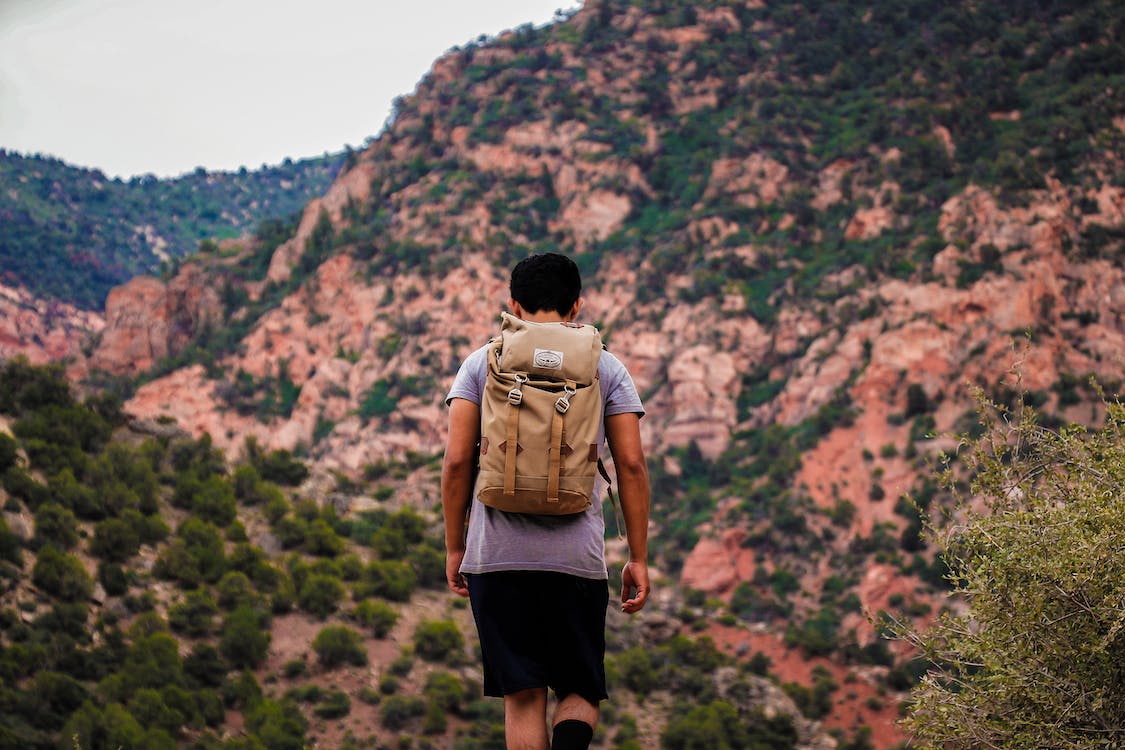Pico de Orizaba rises more than 56,000 meters above sea level, and it can be found in south-central Mexico. This mountain is considered to be the tallest mountain in Mexico and the third highest in North America. For the indigenous people in Mexico, they call this mountain Citlatepetl. Its peak is a dormant stratovolcano, and it last erupted in the 19th century. Because of its location and unique shape, Pico de Orizaba can be seen all the way from the Gulf of Mexico, and it has different microclimates along with terrains on its slopes. In this article, we are going to give you a guide on what you should know and prepare before you climb Pico de Orizaba.
Climbing Routes
You can choose between two climbing routes to reach the summit of Pico de Orizaba, the Jampa Glacier route, or the Ruta del Sur. The Jampa Glacier route offers a bit longer hike, but it is less challenging; that is why it is preferred by almost all climbers. On the other hand, Ruta del Sur is shorter, but it has steeper ways, and it is generally more difficult.
Where’s the Starting Point?
Before you get on with your hike, you will either have to meet your guide in Puebla or Mexico City. Both of them have airports, that’s why your meeting place often comes down to your preference. After you meet your guide, you will have to drive to Tlachichuca and ride a 4×4 to reach Piedra Grande mountain hut. This is where you begin your climb via the Jampa Glacier route.
If you are taking the Ruta del Sur route, you will have to drive from your meeting point to Atzinzitla or El Ciudad Serdan and ride a 4×4 to react the Fausto Gonzales hut.
How Long Does the Climb Take?
Most of the climbers take about 15 hours from the mountain hut to the summit of Pico de Orizaba and back. The climb usually starts at 1 A.M in order to reach the summit by 10 AM. And by 4 PM, your guide will now take you to the starting mountain hut.
Most of the guides will add a day of hiking before the actual trip to get the climbers adequately acclimatized. If you want to know a thing or two about hiking and you have the time to spare, you can also add another day for you to review any necessary mountaineering techniques. All in all, it will take you about two to three days from the starting point and back.
Physical Requirements and Technical Difficulties
If you are a beginner climber, but you have some previous mountaineering experience, then the Jampa Glacier Route is the right one for you. The Ruta del Sur route is perfect for advanced climbers or intermediate climbers who want to train for more challenging climbs of the Andes or Denali.
Regardless of the route, you need to be physically and mentally fit before you embark on this trip. You should be able to climb Pico de Orizaba with a reasonably heavy bag for almost fifteen hours, and you should expect short breaks. Several guides will recommend that you have to go through endurance and core training as a preparation for your climb.
Equipment You Need
You will need to have the following gears and equipment before you embark on this climb. Take note that most guides will provide you some technical climbing gear such as harness, helmet, camping and cooking essentials, GPS, crampons, and rope kits.
But before you catch your flight to Mexico, be sure that you have with you some water purification tablets, 30-liter backpack, extra batteries, headlamp, sunscreen, comfortable pants, comfortable and waterproof hiking boots, sunglasses, thermal sweater and socks, liner gloves, cap, and a breathable long-sleeve shirt.
Climbing Conditions
Because of its unique location and altitude, Pico de Orizaba has different climates. The mountain is located in a subtropical zone, but it becomes more comfortable and alpine as you ascend. The top of the mountain is generally below freezing all year round. Which is why we suggest that you dress in layers.
Most guides offer trips all year, but the best time to hike Pico de Orizaba is during the dry season, and that is from November to May.

